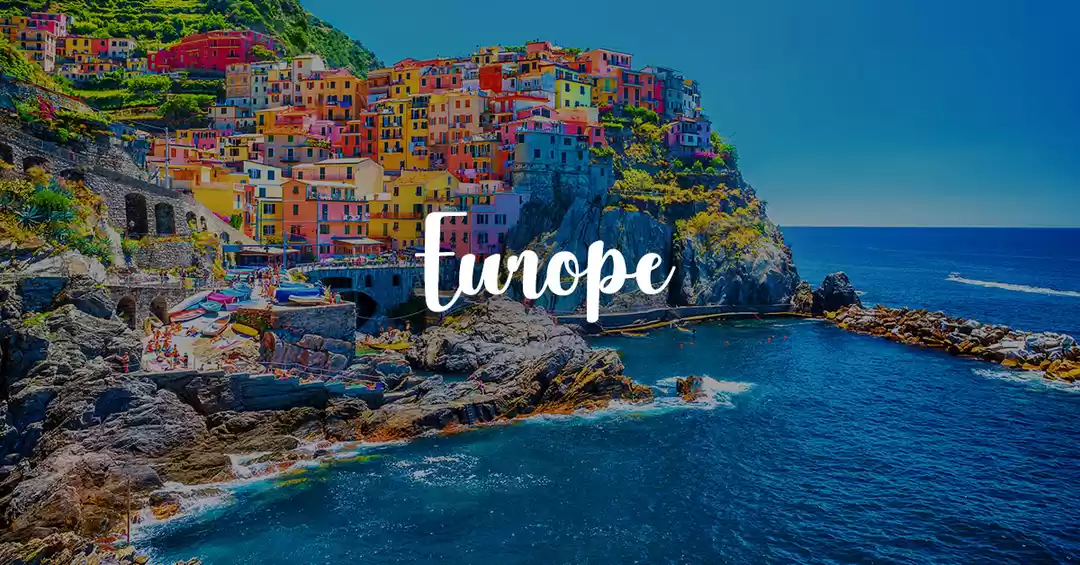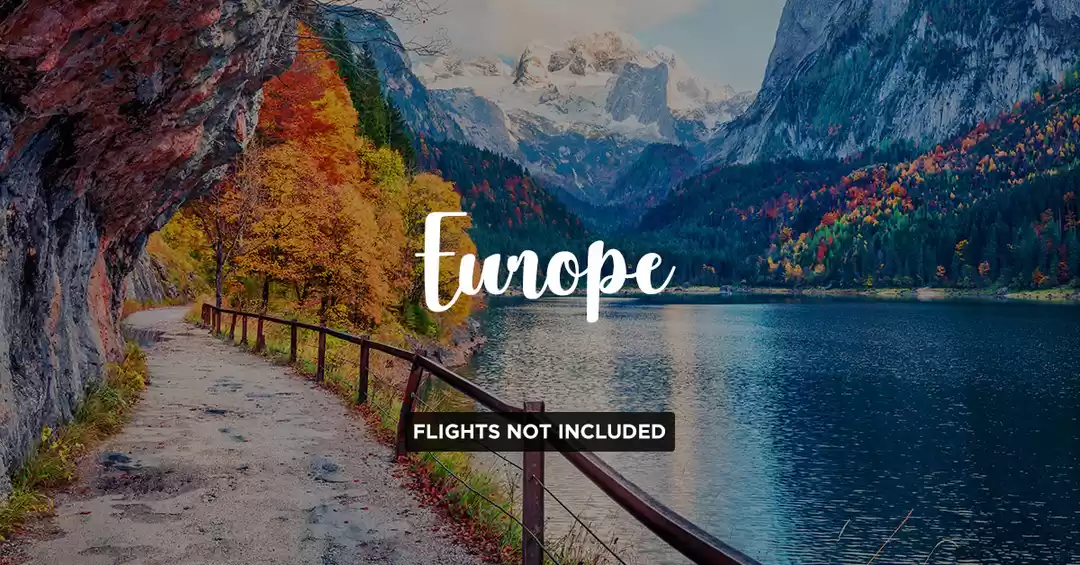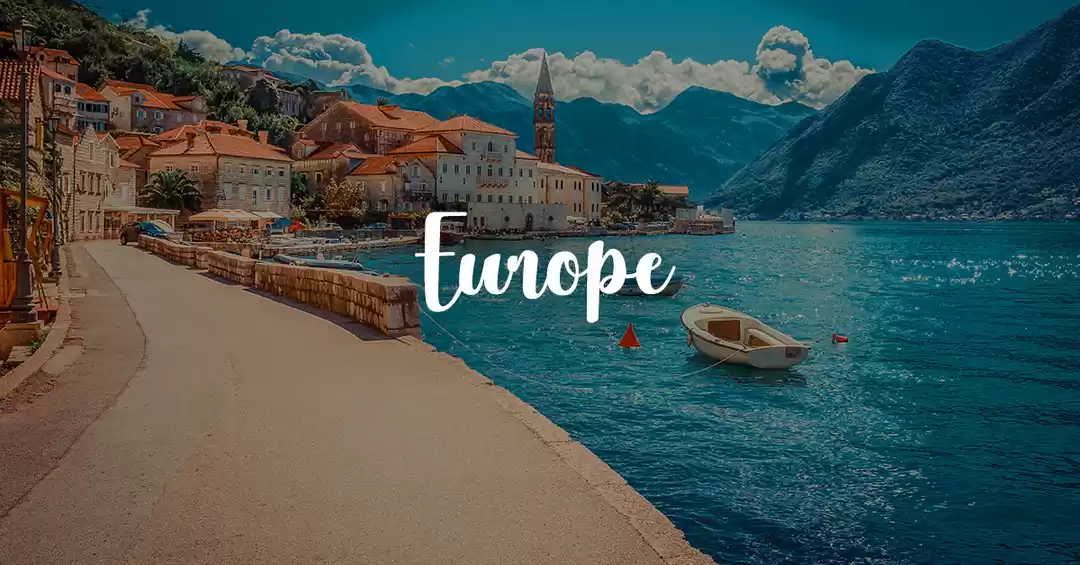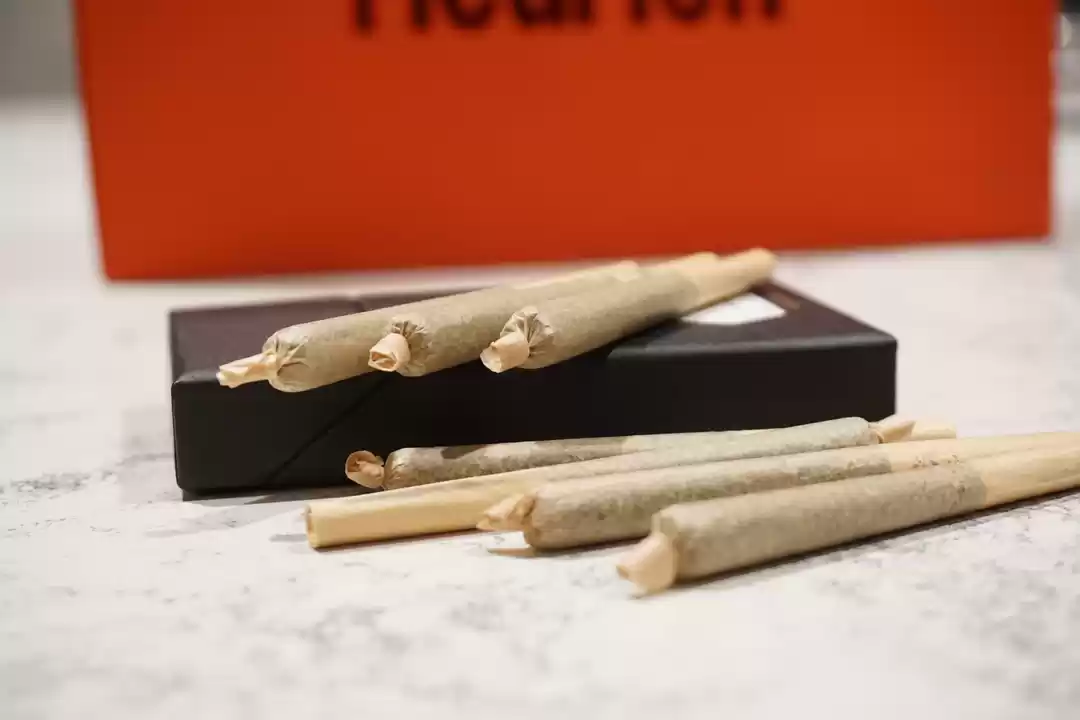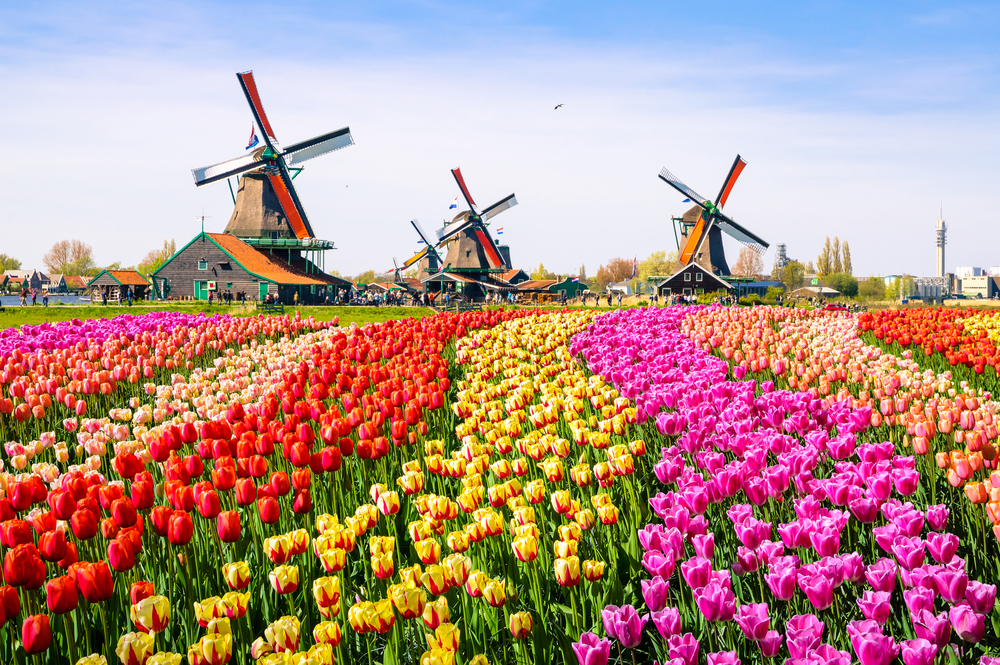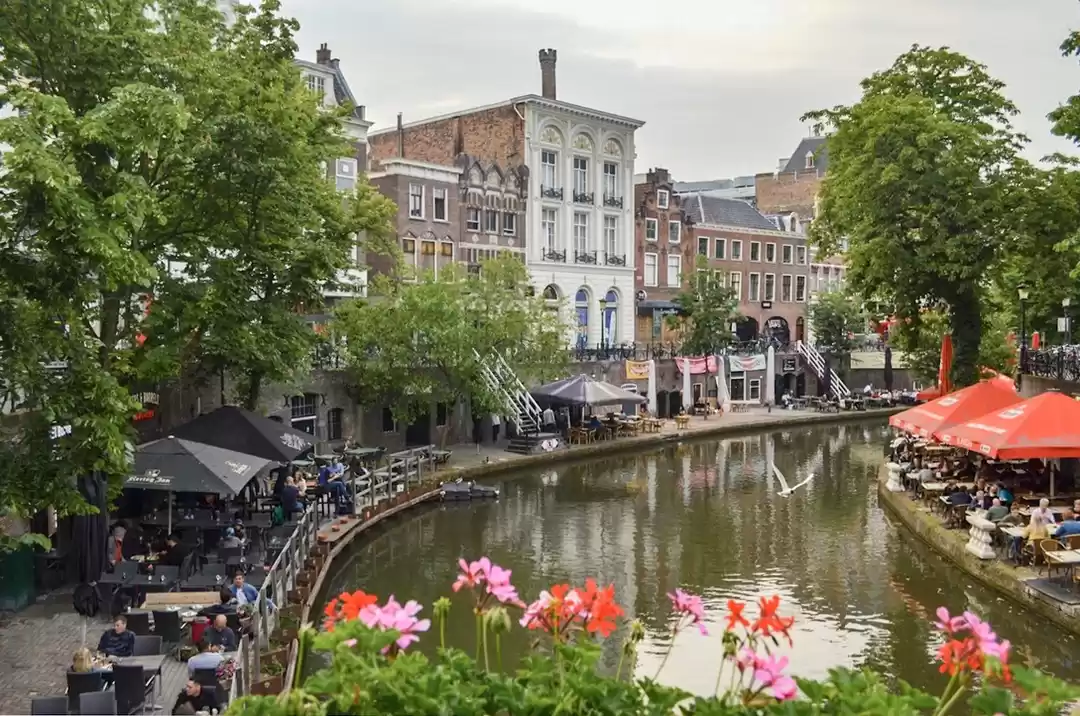
I have always been in awe of wooden windmills, from the first time I, as a child, attempted to paint a Dutch country side with a windmills-dotted skyline to the time when I visited a windmill-turned-brewery (Browerij’t IJ) in Amsterdam on my student trip in 2011. My short time in Amsterdam had not given me the scope to visit any other windmills around the area and my awe persisted. In my recent Euro-trip, I decided to get a closure on my infatuation and visit the Dutch countryside teeming with these imposing wooden structures. The visit turned out to be much more than windmills and alas, my love for the Dutch countryside continues…
In Netherlands, there are two very popular neighborhoods which have been protected and preserved to display the Dutch way of living and trades and crafts from rural Netherlands. One is Kinderdijk (near Rotterdam) which is a UNESCO World Heritage Site. The other is Zaanse Schans (near Amsterdam). We decided on Zaanse Schans because it was easier for us travel-wise. We took a bus from Stuttgart to Amsterdam and then bought an Amsterdam & Region Travel Pass, which covers a lot of neighborhoods around Amsterdam including the famous Keukenhof tulip gardens and Zaanse Schans. Zaanse Schans is a short 45 mins trip from Amsterdam Central by bus.
We had booked an Airbnb accommodation in Zaandijk, very close to the site of Zaanse Schaans. After freshening up, we took our bicycles and made our way to the site. It was very windy and our hair was windswept. As we neared the place, a strong odour accosted us. We were to find out later that it was the emissions from the chocolate and starch factories in the region.
We had a preconceived picture of a few windmills and wooden houses that we would get to see at the site. But the scene that welcomed us transported us immediately to the industrial age in Netherlands. It is like an open-air museum with bakery, cheese factory, clog-making warehouse and wooden houses with barns and working-windmills on the banks of river Zaan that flows in the area. It indeed looked like a painting.

Our first stop was the Zaans museum, where we read-up hungrily on the history of the region. It flourished in the industrial ages when the windmills were used for the production of flour, oil, other edibles like chocolates and paints. As electricity started to be used for manufacturing, the windmills started dwindling in numbers. The now-Zaanse Schans site has been created by collecting historic windmills and houses (1961-1974), transported from over the Zananstreek using trailers. And did you know that windmills are a part of an intricate ecosystem to prevent flooding of Holland? A significant part of Holland is ~7mt below sea level and the dykes and the windmills kept the ever-rising sea water from flooding the land.
The Zaanse Schans houses eight windmills (1 dyemill, 1 mustardmill, 3 sawmills and 3 oilmills) and seven museums (The weavers house, the Cooperage, the Jisper House, Zaan Time Museum, Bakery Museum and the Museumshop) and workshops (Cheese, Clog, Candles etc.). We bought the Zaans Schans pass, which gives free entry to most of the museums and windmills.
As we strolled down the curved walkway and the archaic bridges, we came upon the Weavers House. It is a small museum which shows a weaver’s household and there is also an old weaver who takes you through the process of weaving. The weaver girls of the house were very friendly and posed with us for pictures.


The cheese factory was a good experience where they took us through the whole process of making cheese and had a wide variety of samplers to try and buy. The most interesting for me was the Clog shop. Here, they showed us how the clogs (wooden shoes) are made and the different types of clogs depending on the functionality. We had fun trying on a couple of them.



Of the assorted windmills that are present in the region, we decided to see DeKat (the dyemill) and Het Klaverblad (the saw mill). It was a fun and educational experience. From the top of the windmills, we had the view of the village and the river and it was breath-taking. We posed precariously for some photos as the blades were going around in top speed.


The whole day had gone though we still had some more things that we could have seen (for example we missed the Time museum, apparently the view from the top is splendid). We could see a lot of kids playing around the small play areas.
The place seemed to be a hit with all varieties of tourists, ranging from families with kids to solo travelers as it is a perfect mix of history, education and rustic beauty.
Time for some tips for your time travel to the Dutch countryside in the industrial era:
1. If you are planning to travel extensively around Amsterdam and the various neighboring regions, it makes sense to get an Amsterdam & Region Travel Pass. However, bear in mind that it is only valid for metro (inside Amsterdam) and buses. Bus 391 takes you to Zaanse Schans from Amsterdam Central (approx 45 mins one way). You cannot use it for trains. If you are running short of time, I would advise you to travel through trains.
2. The various museums, windmills and workshops in Zaanse Schans have different opening hours and days. You can check these out on the Zaanse Schans website. The website also provides other useful information.
3. The Zaanse Schans card (EUR 15 for adult, EUR 10 for child) provides free entrance to a lot of stuff including the Museum, Weavery, Cooperage, Time museum and one windmill of your choice. The clog workshop and cheese factory have free entrance.
4. Though we stayed in Zandijk with the sole intention of exploring further the rural countryside, we were really spent up after our day in Zaanse Schans. And suddenly we felt like partying in the night and this sleepy neighborhood is not very good for that. We ended up going to Amsterdam again. My advice: Its better to stay in Amsterdam and do a day-trip. But get there early so that you have the whole day for exploring it.
5. Kinderdijk is a UNSECO World Heritage site consisting of 19 windmills and is worth a visit.
6. Activities that can be done around here: Biking, Walking the different trails and Boat rides. Biking is really pleasant and is the best way to explore the region.
Happy planning and Keep travelling:)





